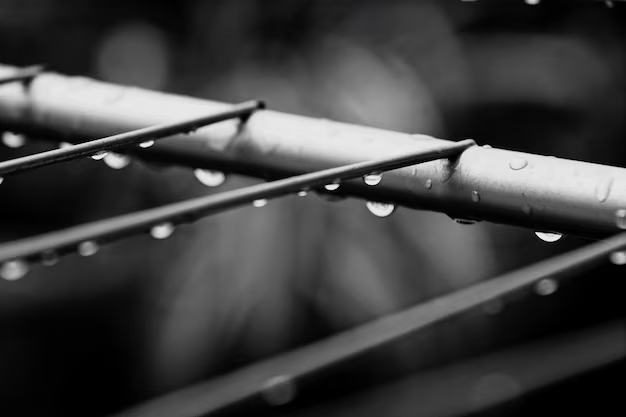Fixing Roof Leaks: A Step-by-Step Guide
A leaking roof is more than just a nuisance—it’s a problem that can cause serious damage to your home if left unaddressed. Water damage can lead to mold growth, structural issues, and costly repairs. Here’s a quick and effective guide to help you tackle roof leaks and protect your property.
Identifying the Source of the Leak
The first step in repairing a leaking roof is to locate the source. This can be tricky, as water can travel away from the initial entry point before becoming visible.
- Stains and Drips: Look for water stains on the ceiling and walls. Check for drips and listen for dripping sounds after rain.
- Attic Check: Examine your attic during daylight. Look for areas where daylight peeks through and check for any water stains or mold.
- Roof Inspection: Safely inspect your roof for damaged, cracked, or missing shingles. Pay attention to roof penetrations, like chimneys, vents, and plumbing, which are common leak sources.
Temporary Leak Fixes
While permanent solutions are best, temporary fixes can prevent further damage until you can make a proper repair.
- Plastic Sheeting: If you're caught in the rain, you can use 6-mil plastic sheeting as a short-term solution. Secure the plastic with roofing nails and 2x4s.
- Roofing Cement: Apply roofing cement over the leaking area from the outside. Make sure it’s spread evenly to ensure a proper barrier.
Permanent Solutions
Depending on the source of the leak, several fixes can be applied for a more permanent repair.
- Replacing Shingles: If you’ve identified damaged shingles, remove them carefully and replace them with new ones. Ensure each new shingle is secured with roofing nails and sealed with roofing cement.
- Repairing Flashing: Damaged flashing around chimneys, vents, and other roof penetrations can often be the culprit. Remove the old flashing, clean the area thoroughly, and install new flashing, sealing it with roofing adhesive.
- Gutter Maintenance: Ensure your gutters and downspouts are clear of debris. Clogged gutters can cause water to pool and seep under the roof, leading to leaks.
When to Call a Professional
If the leak persists despite your repairs, or if you’re uncomfortable working on your roof, it’s time to call a professional. Reputable roofing contractors can provide a thorough inspection and service, pairing professional skills with proper materials.
Supporting Your Home Repair with Financial Aid
Repairing a roof can be costly, especially if more significant damage is uncovered. Fortunately, there are financial assistance options available to help offset these expenses:
💵 Government Programs:
- FHA Title 1 Loans: Available for minor repairs and improvements without requiring equity in your home.
- Weatherization Assistance Program (WAP): Provides funding to improve energy efficiency, which can include roof repairs.
🏦 Financial Assistance & Loans:
- Home Improvement Grants: Check local resources for grants specific to your area, especially if you’re in a low-income bracket.
- Personal Loans: Consider a personal loan for quick access to funds for necessary repairs.
📚 Educational Resources:
- Home Repair Workshops: Many community centers offer free workshops on home repair, which can provide valuable skills for DIY repairs.
By understanding your options and taking immediate action, you can not only fix your leaking roof but also protect your home from further damage while maintaining your financial health. Taking proactive steps will ensure your home stays safe and dry, and your wallet doesn’t take an unexpected hit.
